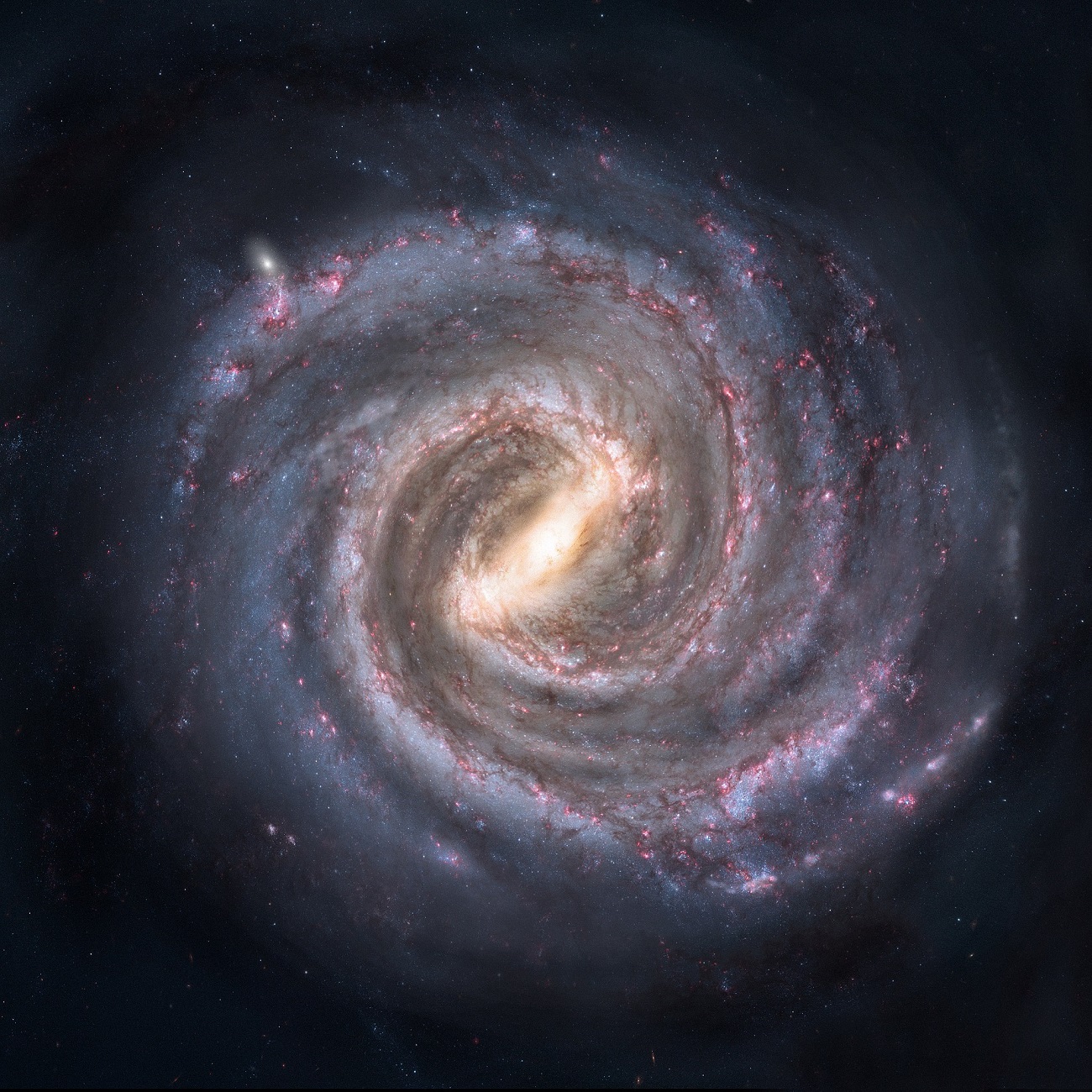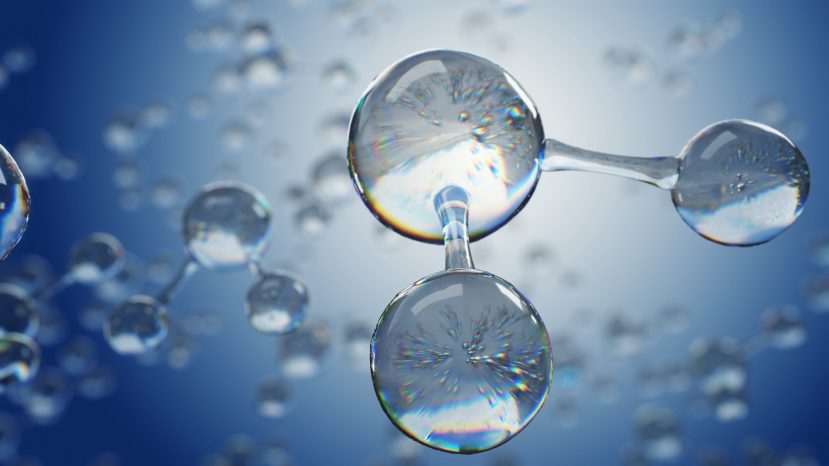Of course, there is still a long way to go between the existence of liquid water and the birth and evolution of life, but the results that are described in the pages Sciences They are undoubtedly curious. The study authors conducted analyzes of exoplanets orbiting red dwarfs. In the course of their research, they found that scientists likely missed many of the water worlds, that is, planets with at least 50% water in them.
Read also: 3D planetary system. Something like this has never happened before
This water does not necessarily have to be at the surface and form a global ocean – in some cases it can remain enclosed in minerals. However, this knowledge will be very important in the context of the search for life outside the solar system. In addition, these objects orbit red dwarf stars, which are relatively cool but long-lived stars.
About 3/4 of the stars in our galaxy may just be red dwarfs. At the same time, these are so dark that it is difficult to see. Of the more than 5,000 officially confirmed exoplanets known to science, only a small portion orbit these stars – although they are very common in the Milky Way. Thanks to the development of astronomy, researchers have been able to search for red dwarfs and the planets orbiting them more effectively. Knowing what the radii and masses of the latter are, scientists can determine their density.
The Milky Way can be very rich in planets that contain water
And then it becomes even more interesting, because in this way you can draw conclusions about the density of this object, and, accordingly, its composition. High density = possibly a rocky planet like Earth or Mars. Rafael Luc of the University of Chicago and Enrique Ballet of the University of La Laguna focused on 43 exoplanets orbiting red dwarfs. In the course of the analysis, they concluded that some of these objects are too dense to be called gas giants, but not dense enough to be called rocky planets.
Read also: The 3D map showed a million new galaxies. The Milky Way’s neighbors covered them the whole time
This in turn indicates a scenario where it is covered with water. And although the authors calm the enthusiasm, paying attention to the need to maintain an adequate distance between the star and its planet, so that it is possible to keep water in a liquid state, their trace is certainly valuable. One hypothesis is that such exoplanets could resemble Jupiter’s moon Ganymede. This rocky satellite also has large amounts of water hidden under an icy crust. There are also comparisons with our own moon, which is also made up of water, although this is hidden in minerals there.

Echo Richards embodies a personality that is a delightful contradiction: a humble musicaholic who never brags about her expansive knowledge of both classic and contemporary tunes. Infuriatingly modest, one would never know from a mere conversation how deeply entrenched she is in the world of music. This passion seamlessly translates into her problem-solving skills, with Echo often drawing inspiration from melodies and rhythms. A voracious reader, she dives deep into literature, using stories to influence her own hardcore writing. Her spirited advocacy for alcohol isn’t about mere indulgence, but about celebrating life’s poignant moments.






![[À VOIR] Famous French musician becomes first passenger in flying car: “an incredible experience”](https://m1.quebecormedia.com/emp/emp/VoitureVol32d406fef-469b-44d8-912a-380ea2658c31_ORIGINAL.jpg?impolicy=crop-resize&x=0&y=0&w=1093&h=616&width=1200)

